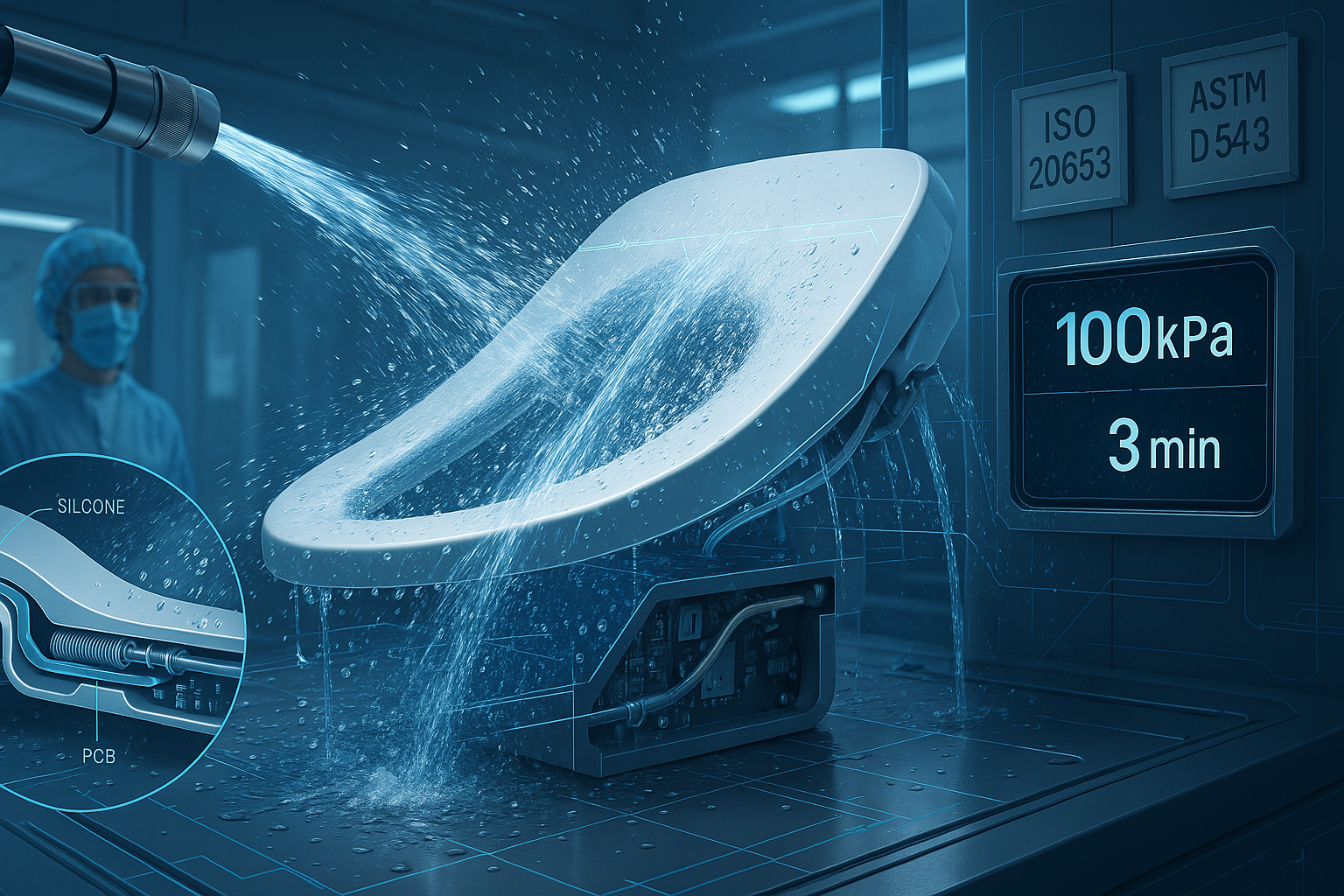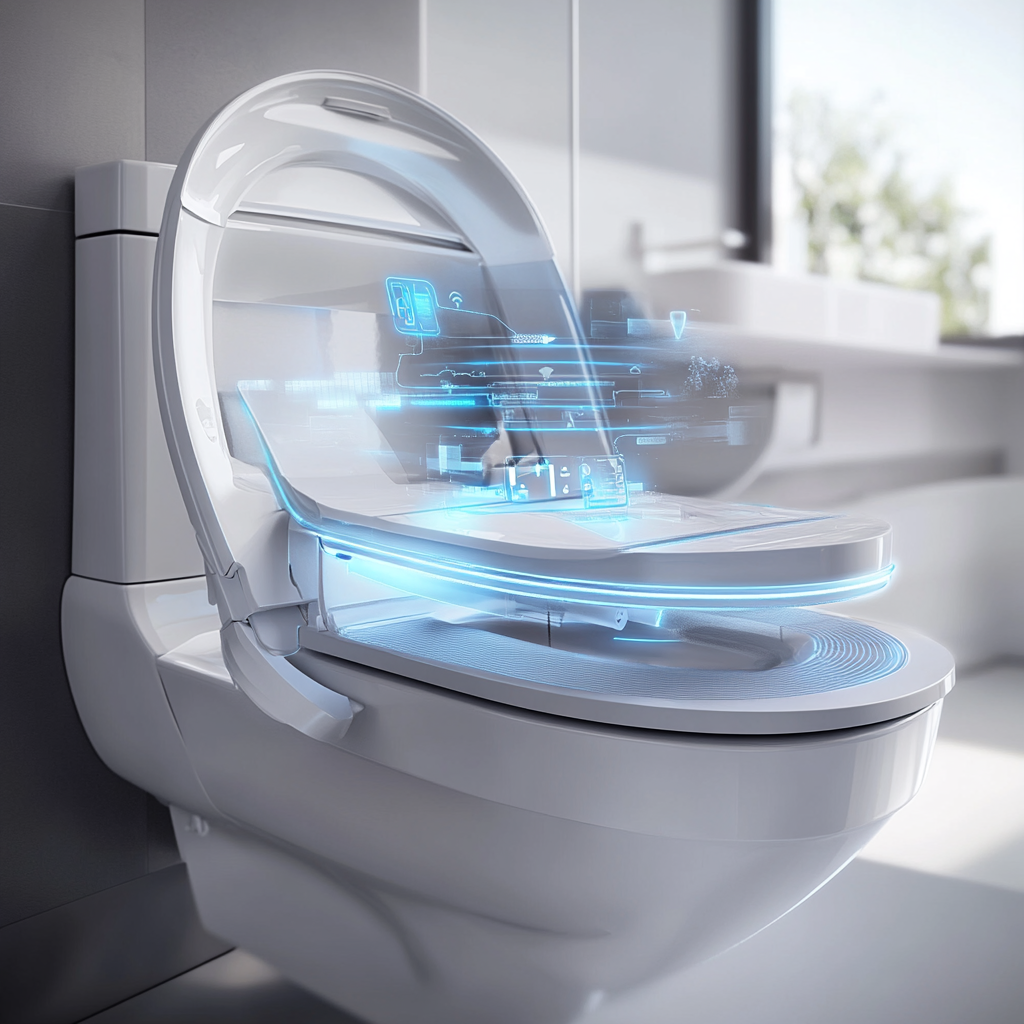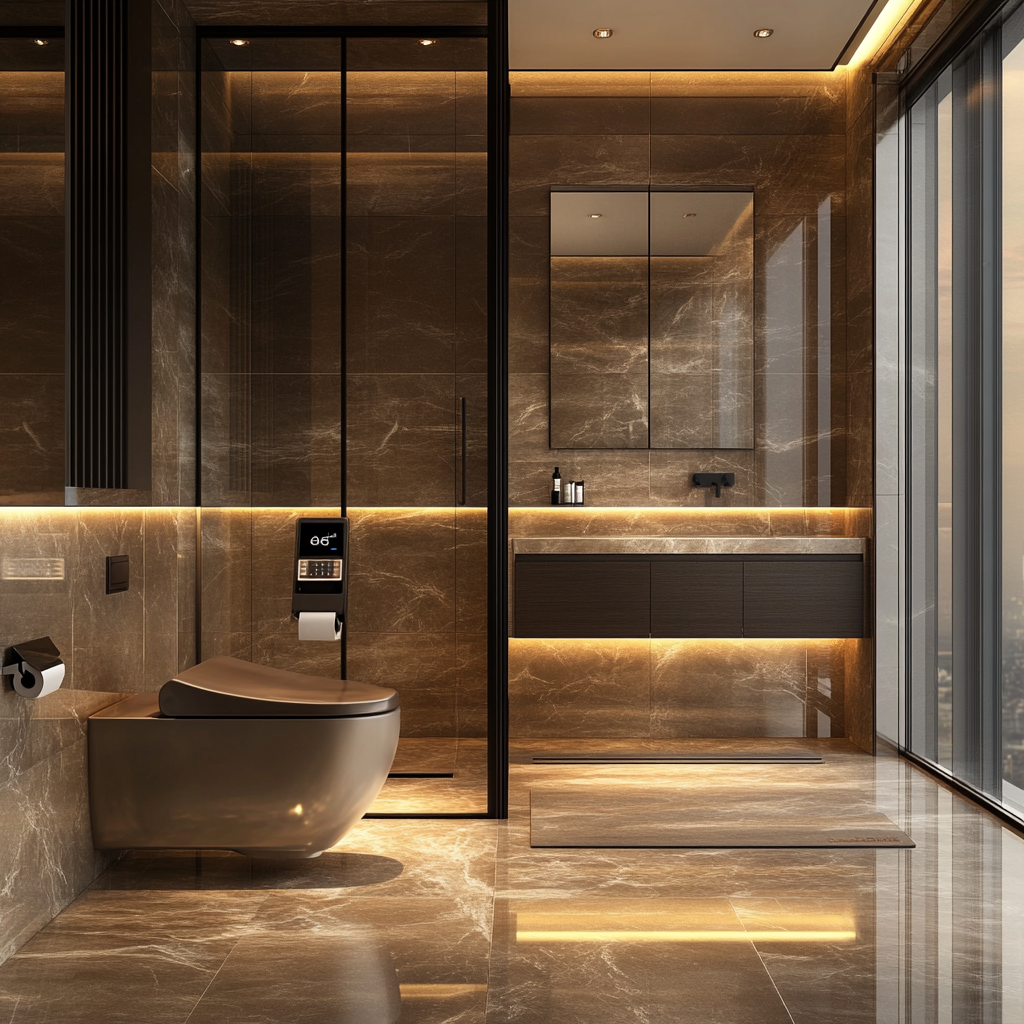Introduction
In the evolving landscape of commercial facilities, businesses are increasingly seeking innovations that enhance hygiene, user experience, and operational efficiency. Smart toilet seats, once considered luxury items, have now emerged as practical investments offering substantial long-term benefits. This article delves into the cost-benefit analysis of integrating smart toilet seats into commercial settings, highlighting potential savings and returns.

Initial Investment Overview
The upfront cost of smart toilet seats varies based on features and brands. Basic models with essential functionalities like heated seats and bidet functions may start around $400, while advanced versions with integrated sensors, automatic flushing, and self-cleaning capabilities can exceed $1,500. Additional expenses may include installation, especially if electrical or plumbing modifications are required
Long-Term Financial Benefits
1. Water Conservation
Smart toilet seats often incorporate dual-flush systems and efficient water usage mechanisms. By optimizing water consumption, businesses can significantly reduce their utility bills. For instance, replacing traditional toilets with water-efficient models can save thousands of gallons annually, translating to considerable cost savings over time.
2. Reduced Paper Consumption
Integrated bidet functions diminish the reliance on toilet paper. This not only lowers the recurring expense of paper supplies but also reduces the environmental impact associated with paper production and waste
3. Maintenance and Cleaning Efficiency
Features like self-cleaning nozzles and antimicrobial surfaces minimize the need for frequent manual cleaning. This leads to reduced labor costs and ensures consistently hygienic restroom conditions, enhancing the overall user experience.
Enhanced User Experience and Brand Image
Modern consumers and employees value cleanliness and comfort. Providing restrooms equipped with smart toilet seats reflects a company’s commitment to innovation and well-being. Such amenities can enhance customer satisfaction, employee morale, and even influence client perceptions positively.
Environmental and Sustainability Considerations
Adopting smart toilet seats aligns with sustainable business practices. Reduced water and paper usage contribute to lower environmental footprints. Moreover, showcasing eco-friendly initiatives can bolster a company’s reputation among environmentally conscious stakeholders.
Return on Investment (ROI) Analysis
While the initial expenditure might seem substantial, the cumulative savings from reduced utilities, maintenance, and supplies can offset the costs within a few years. Additionally, intangible benefits like enhanced brand image and customer satisfaction further amplify the returns.
Conclusion
Investing in smart toilet seats presents a compelling case for businesses aiming to modernize their facilities. Beyond the evident financial savings, such upgrades signify a commitment to hygiene, sustainability, and user comfort. As the commercial landscape continues to evolve, integrating smart restroom solutions can position businesses at the forefront of innovation and customer satisfaction.












